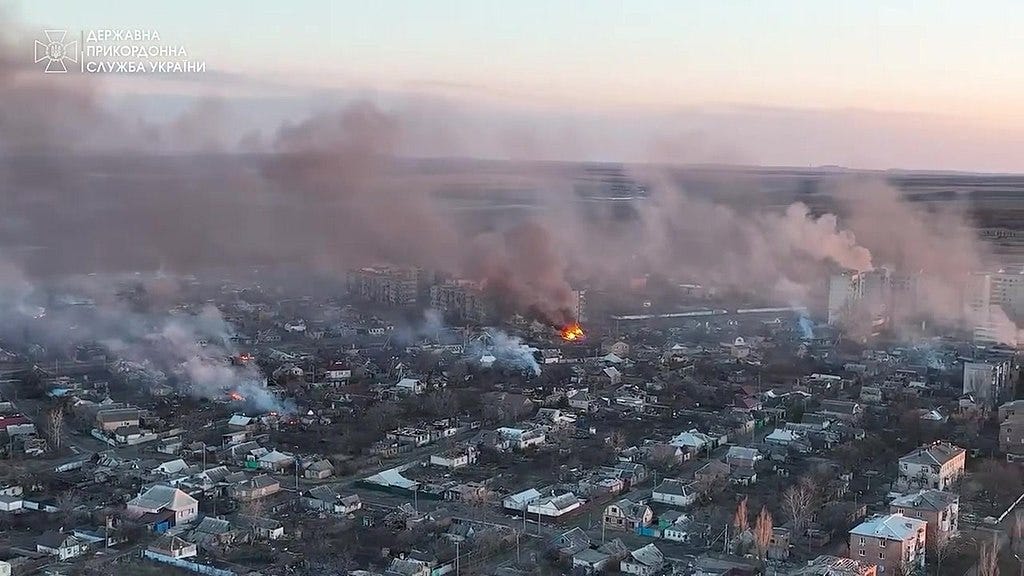30 MAY—Let us consider the following paragraphs, which appear in the 29 May edition of The New Yorker:
While Tynda and his team were fighting from the trench, long and powerful fusillades had issued from another Ukrainian position, on a hilltop behind them. I later went there with Tynda. In a blind overlooking the no man’s land stood an improbably antique contraption on iron wheels: a Maxim gun, the first fully automatic weapon ever made. Although this particular model dated from 1945, it was virtually identical to the original version, which was invented in 1884: a knobbed crank handle, wooden grips, a lidded compartment for adding cold water or snow when the barrel overheated….
In the course of the past year, the U.S. has furnished Ukraine with more than thirty-five billion dollars in security assistance. Why, given the American largesse, had the 28th Brigade resorted to such a museum piece? A lot of equipment has been damaged or destroyed on the battlefield. At the same time, Ukraine appears to have forgone refitting debilitated units in order to stockpile for a large-scale offensive that is meant to take place later this spring. At least eight new brigades have been formed from scratch to spearhead the campaign. While these units have been receiving weapons, tanks, and training from the U.S. and Europe, veteran brigades like the 28th have had to hold the line with the dregs of a critically depleted arsenal.
The piece from which this passage is drawn carries the headline, “Two Weeks at the Front in Ukraine” and is the work of Luke Mogelson, a magazine correspondent of a dozen or so years’ experience. Mogelson’s text is accompanied by the photographs of Maxim Dondyuk, a Ukrainian of roughly Mogelson’s age, either side of 40, whose work focuses on history and memory, topics that suggest a lot of thought goes into those 1/1000ths of a second when Dondyuk clicks his shutter to record a nation a war has turned into a wasteland.
There are many things to think about and say as we read this piece. I will shortly have more to say about the excellence of Mogelson’s text and Dondyuk’s photographs. For now, the first thing to note is that, after 15 months of conflict, their work suggests Western media may at last begin to cover the Ukraine war properly. I will stay with the conditional verb for now, but this could mark a significant turn not only for the profession—which could use a significant turn, heaven knows—but also in public support for the U.S.–NATO proxy war against the Russian Federation.
As astute readers will already know, apart from a few staged forays near the front lines—officially controlled and monitored, never at the front lines—correspondents from The New York Times, the other big dailies, the wire services, and the broadcast networks have accepted without protest the Kiev regime’s refusal to allow them to see the war as it is. Content these professional slovens have been to sit in Kiev hotel rooms and file stories based on the regime’s transparently unreliable accounts of events, all the while pretending their stories are factual.
The exceptions here are Times correspondents such as Carlotta Gall, whose Russophobia seems reliably unbalanced enough to satisfy the Kyiv regime, and the two Andrews, Higgins and Kramer, who have an exquisite talent for stories that make absolutely no sense. It was the two Andrews, you may recall, who had the Russians shelling the nuclear power plant they occupied and, later on, bombing their own prisoner-of-war camp in eastern Ukraine.
Keep reading with a 7-day free trial
Subscribe to The Floutist to keep reading this post and get 7 days of free access to the full post archives.




